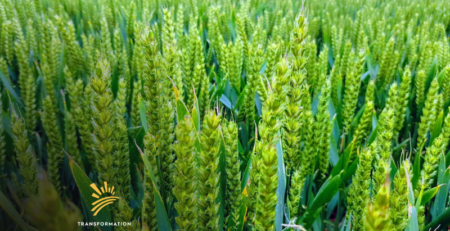The Viability of Food Hubs: Case Studies to Consider
Food security remains an urgent concern for world leaders. Our food and agriculture system continues to be a significant contributor to greenhouse gas emissions. It contaminates water and soil, reduces biodiversity, and squeezes out small- and medium-scale farmers. With this in mind, is there any viability in food hubs?
Food hubs have emerged in response to the challenges posed by the current food system. These models aim to increase the financial viability of local food systems as well as achieve mission-based goals, including social justice and ecological sustainability.
Food hubs can be structured as a non-profit organization, a cooperatively structured business, or a for-profit operation. Findings from the 2013 National Food Hub Survey show that the most successful food hubs are for-profit and cooperative in structure. However, impact investors should consider each food hub model to understand various strengths and weaknesses to ultimately affect food systems change.
Non-profit Food Hubs
Non-profit food hubs are characterized by their mission-based goals, which aim to address social or environmental issues. Non-profits may generate an income, but their profits typically go towards local and regional farmer technical support, marketing support, consumer education, health disparities, and many other initiatives.
Case Study: Red Tomato, MA
Red Tomato is a network of forty mid-sized fruit and vegetable farms in the Northeast using a “virtual aggregation center” business model. Instead of taking possession of a product before there is demand, Red Tomato aggregates product orders after receiving the order.
Red Tomato also supports growers by developing standardized ecological production protocols, branding support, financing, and assistance with food safety certifications. In 2010, they reported revenues of about $2.7 million. A third came from product sales, and the remainder came from outside funding.
A study in western North Carolina critiqued the feasibility of non-profits as a true driver of change. Although non-profits pursuing mission-based goals can achieve these goals, they are still too niche to pose a significant challenge to the dominant food industry. Furthermore, the use of grant money to lower food prices often has the unintended consequence of undercutting for-profit local farmers or distributors.
Cooperative-Structured Food Hubs
An agricultural cooperative is owned and operated by a group of producers in which profits are distributed to members proportional to usage. A board of directors is elected, but cooperatives use voting to make important decisions. These cooperatives often attempt to address food hub marketing issues including scaling economies in production and distribution, challenging the power of large downstream buyers in the supply chain, improving access to markets, and reducing producer transaction costs.
Case Study: Organic Valley Produce Program, WI
Organic Valley aggregates food products from over one hundred fifty growers and small-scale cooperatives in the upper Midwest. To ensure a democratic process, growers attend monthly meetings in “pools” based on their product.
For example, there is an egg pool, a beef pool, a produce pool, and a dairy pool. The growers make an equity investment in the cooperative and receive a bi-weekly base price payment based on the product and volume delivered. At the end of the growing season, they receive a “pooling bonus” which is the individual’s profits minus transportation and commission costs.
For-profit Food Hubs
A for-profit venture’s primary goal is to generate profit for stakeholders. There are several business entity choices in for-profit models:
- Sole Proprietorship: Business owned and operated by one individual
- Corporations: Shareholders finance and own the business and elect a board of directors to govern the business (C-corp, S-corp)
- Partnerships: An association of two or more people who co-own and are personally liable for the company obligations (LLP and LLC)
Case Study: Blue Ridge Produce Company, VA
Blue Ridge Produce Company serves as a packing house and aggregator for local produce in the region. This food hub was created in response to research pointing to a high level of unmet demand for local food within the Washington, D.C. metropolitan area.
In the first season of operation, the business was already working with roughly fifteen Whole Foods grocery stores, two conference centers, four large hospitals, and several other small- to mid-sized foodservice groups. Blue Ridge Produce Company works with over forty growers conducting business on a fee, commission, and margin basis.
Conclusions
In the United States, the agricultural production industry dedicates only three percent of farmland to fruit and vegetables. The remaining ninety-seven percent grow commodity crops, including corn, soybeans, and wheat crops. To feed a growing population while simultaneously addressing economic, environmental, and social goals, more localized food value chains are crucial.
Luckily, demand for local food is increasing among end consumers as well as wholesale buyers. Investing in food hubs is necessary to increase the viability and accessibility of local food systems in a way that will ultimately challenge leading industry players.





Leave a Reply